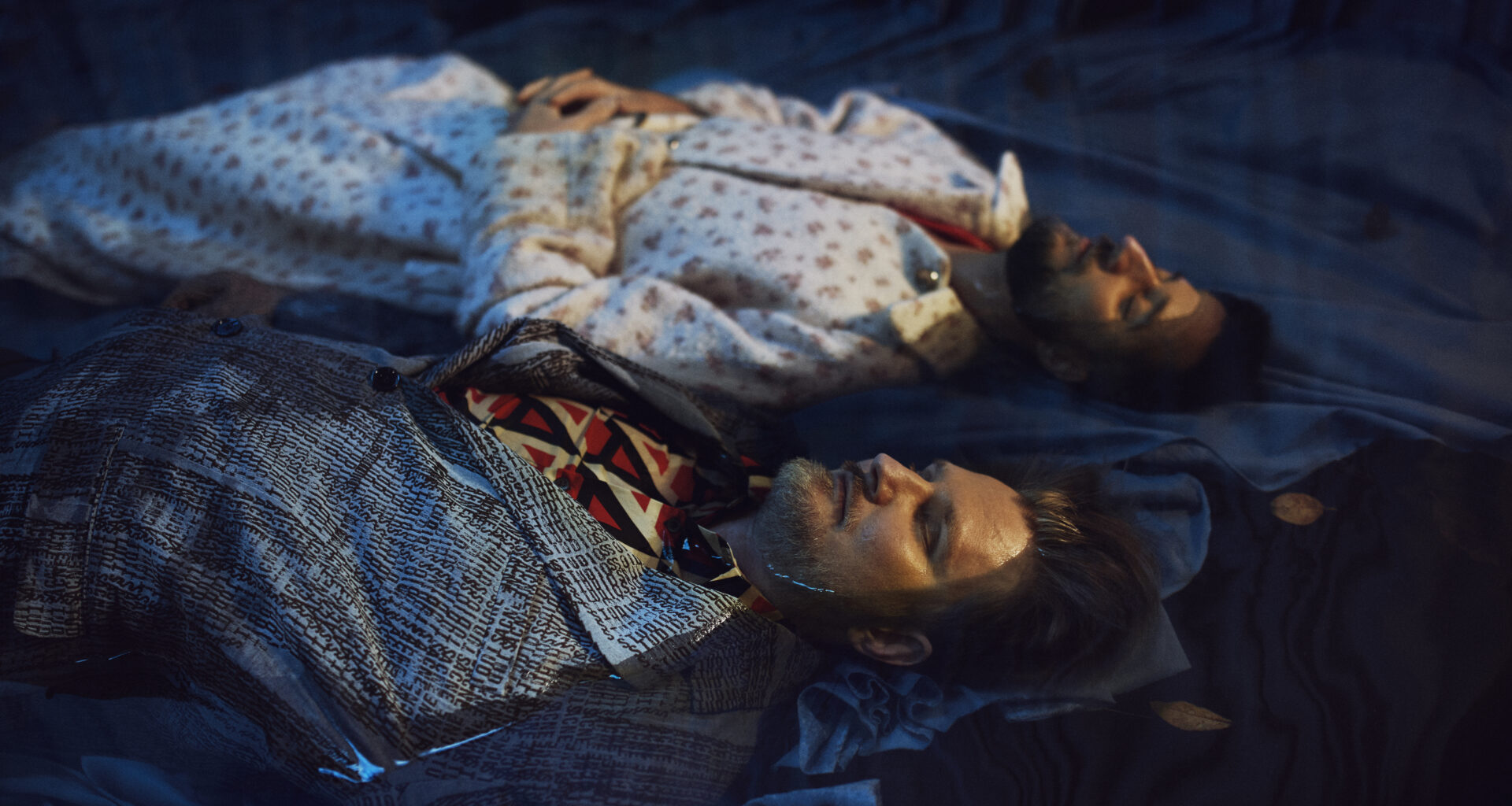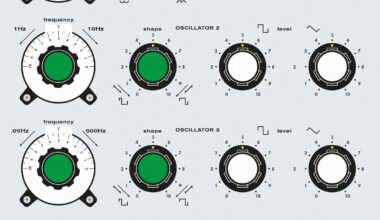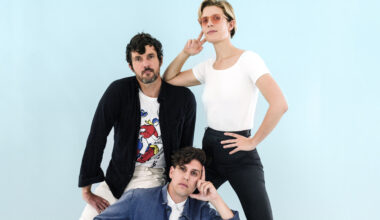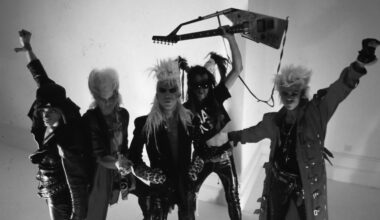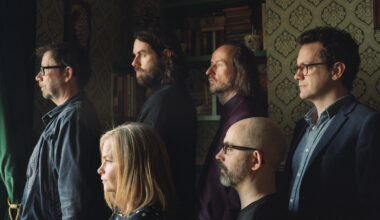After reneging on their plan to never make another album, Röyksopp are back with two cracking long-players at pretty much the same time, both featuring a host of collaborations and bolstered by some mighty peculiar multimedia content. But then the often weird and always wonderful Norwegian duo don’t like doing things by halves
Want to read more?
Sign up to Electronic Sound Premium to gain access to every post, video, special offers, and more. 100%, all you can eat, no commitment, cancel any time.
Already a premium member? Log in here
